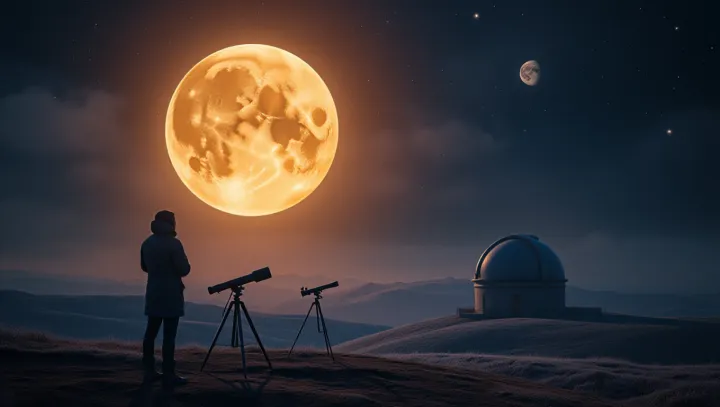Unveiling the Mystique of Supermoons

In a dazzling display of cosmic beauty, the supermoon graces the night sky with its presence, offering a larger and more luminous spectacle compared to regular full moons. This event took place over the skies of New York, captivating both casual observers and seasoned astronomers with its mesmerizing brilliance. A supermoon occurs when the moon reaches its closest point to Earth in its elliptical orbit, known as the perigee, coinciding with a full moon.
This alignment causes the moon to appear up to 14% larger and 30% brighter than when it is at its farthest point, or apogee. The term was coined by astrologer Richard Nolle and has since become a subject of interest for astronomers worldwide. The elliptical nature of the moon's orbit is critical in this phenomenon.
Unlike a perfect circle, an ellipse allows for varying distances between Earth and the moon, explaining why not all full moons result in a supermoon. As this celestial dance continues, scientists are keenly studying its implications for tides, nocturnal wildlife, and human myths surrounding lunar cycles. Expert astronomer Dr.
Emily Foster from the Griffith Observatory notes that while the supermoon is a visual delight, it also serves as a reminder of the intricate gravitational dance between the Earth and its lunar companion. She emphasizes the importance of such phenomena in popularizing astronomy and encouraging public interest in the celestial sciences.
